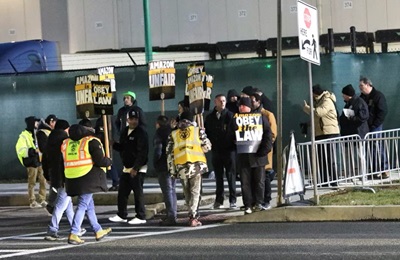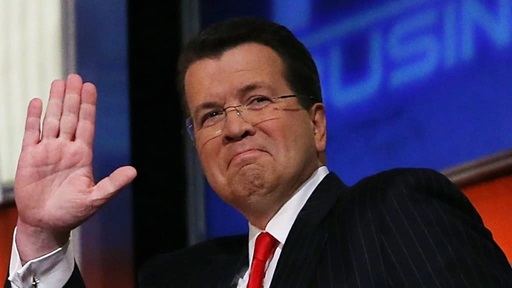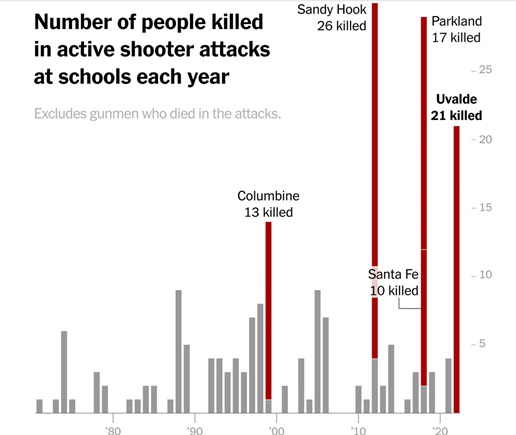Dear Commons Community,
Pope Francis had a guest essay in yesterday’s New York Times entitled, “There Is Faith In Humor” in which he provides commentary on the important role of humor in our lives. He uses several stories that will surely give the reader a chuckle or two. Below is the entire essay.
Enjoy a laugh!
Tony
———————————————————–
The New York Times
There Is Faith in Humor
Dec. 17, 2024
By Pope Francis
Life inevitably has its sadnesses, which are part of every path of hope and every path toward conversion. But it is important to avoid wallowing in melancholy at all costs, not to let it embitter the heart.
These are temptations from which not even clerics are immune. And sometimes we unfortunately come across as bitter, sad priests who are more authoritarian than authoritative, more like old bachelors than wedded to the church, more like officials than pastors, more supercilious than joyful, and this, too, is certainly not good. But generally, we priests tend to enjoy humor and even have a fair stock of jokes and amusing stories, which we are often quite good at telling, as well as being the object of them.
Popes, too. John XXIII, who was well known for his humor, during one discourse said, more or less: “It often happens at night that I start thinking about a number of serious problems. I then make a brave and determined decision to go in the morning to speak with the pope. Then I wake up all in a sweat … and remember that the pope is me.”
How well I understand him. And John Paul II was much the same. In the preliminary sessions of a conclave, when he was still Cardinal Wojtyła, an older and rather severe cardinal went to rebuke him because he skied, climbed mountains, and went cycling and swimming. The story goes something like this: “I don’t think these are activities fitting to your role,” the cardinal said. To which the future pope replied, “But do you know that in Poland these are activities practiced by at least 50 percent of cardinals?” In Poland at the time, there were only two cardinals.
Irony is a medicine, not only to lift and brighten others, but also ourselves, because self-mockery is a powerful instrument in overcoming the temptation toward narcissism. Narcissists are continually looking into the mirror, painting themselves, gazing at themselves, but the best advice in front of a mirror is to laugh at ourselves. It is good for us. It will prove the truth of the proverb that there are only two kinds of perfect people: the dead, and those yet to be born.
Sign up for the Opinion Today newsletter Get expert analysis of the news and a guide to the big ideas shaping the world every weekday morning. Get it sent to your inbox.
Jokes about and told by Jesuits are in a class of their own, comparable maybe only to those about the carabinieri in Italy, or about Jewish mothers in Yiddish humor.
As for the danger of narcissism, to be avoided with appropriate doses of self-irony, I remember the one about the rather vain Jesuit who had a heart problem and had to be treated in a hospital. Before going into the operating room, he asks God, “Lord, has my hour come?”
“No, you will live at least another 40 years,” God says. After the operation, he decides to make the most of it and has a hair transplant, a face-lift, liposuction, eyebrows, teeth … in short, he comes out a changed man. Right outside the hospital, he is knocked down by a car and dies. As soon as he appears in the presence of God, he protests, “Lord, but you told me I would live for another 40 years!” “Oops, sorry!” God replies. “I didn’t recognize you.”
And I’ve been told one that concerns me directly, the one about Pope Francis in America. It goes something like this: As soon as he arrives at the airport in New York for his apostolic journey in the United States, Pope Francis finds an enormous limousine waiting for him. He is rather embarrassed by that magnificent splendor, but then thinks that it has been ages since he last drove, and never a vehicle of that kind, and he thinks to himself: OK, when will I get another chance? He looks at the limousine and says to the driver, “You couldn’t let me try it out, could you?” “Look, I’m really sorry, Your Holiness,” replies the driver, “but I really can’t, you know, there are rules and regulations.”
But you know what they say, how the pope is when he gets something into his head — in short, he insists and insists, until the driver gives in. So Pope Francis gets behind the steering wheel, on one of those enormous highways, and he begins to enjoy it, presses down on the accelerator, going 50 miles per hour, 80, 120 … until he hears a siren, and a police car pulls up beside him and stops him. A young policeman comes up to the darkened window. The pope rather nervously lowers it and the policeman turns white. “Excuse me a moment,” he says, and goes back to his vehicle to call headquarters. “Boss, I think I have a problem.”
“What problem?” asks the chief.
“Well, I’ve stopped a car for speeding, but there’s a guy in there who’s really important.”
“How important? Is he the mayor?”
“No, no, boss … more than the mayor.”
“And more than the mayor, who is there? The governor?”
“No, no, more.”
“But he can’t be the president?”
“More, I reckon.”
“And who can be more important than the president?”
“Look, boss, I don’t know exactly who he is, all I can tell you is that it’s the pope who is driving him!”
The Gospel, which urges us to become like little children for our own salvation (Matthew 18:3), reminds us to regain their ability to smile.
Today, nothing cheers me as much as meeting children. When I was a child, I had those who taught me to smile, but now that I am old, children are often my mentors. The meetings with them are the ones that thrill me the most, that make me feel best.
And then those meetings with old people: Those elderly who bless life, who put aside all resentment, who take pleasure in the wine that has turned out well over the years, are irresistible. They have the gift of laughter and tears, like children. When I take children in my arms during the audiences in St. Peter’s Square, they mostly smile; but others, when they see me dressed all in white, think I’m the doctor who has come to give them a shot, and then they cry.
They are examples of spontaneity, of humanity, and they remind us that those who give up their own humanity give up everything, and that when it becomes hard to cry seriously or to laugh passionately, then we really are on the downhill slope. We become anesthetized, and anesthetized adults do nothing good for themselves, nor for society, nor for the church.












